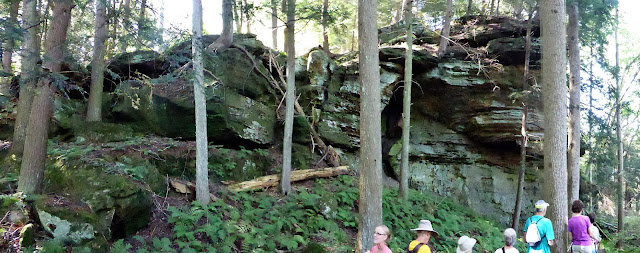This post covers assembling the hardware for the new machine; later posts will cover software installation and performance tuning.
Here is a photo of the parts, acquired by mid-December 2016.
The case is a Jonsbo V2, also known as a Coolcube Mini, now discontinued. I'd been keeping my eye on one for a while at QuietPC in the United Kingdom, and snatched one in mid-summer just after the Brexit vote, when the value of the pound fell. It's a very small case; to go smaller I'd have to use a book-sized case that either had no fan or a skinny blow-down cooler.
Here's a lineup with a CD in its case, the Jonsbo V2, and the Lian Li PC-Q03, which, while still small, is larger in each dimension than the Jonsbo.
The other components were purchased as sales came up in late November and early December, which kept the total cost to ~$1,000. (The parts were purchased at either at NewEgg, which doesn't charge sales tax for Ohio, or at Amazon, when the sale price was right.)
- ASRock Z170M-ITX/ac motherboard. Had to have a mini-ITX motherboard to fit this case.
- Intel i5-6600K processor. I wanted to tinker with overclocking and undervolting.
- Noctua NH-U9S CPU cooler. Had to have something short enough to fit this case.
- Samsung 850 EVO 1 TB SSD. Plenty of room for me.
- 32 GB RAM (2x16), DDR4-2400, by GSkill. I thought it might be overkill to have 32GB, but it wasn't.
- PicoPSU 160-XT power supply with 150 watt AC/DC brick.
A reinforcing backplate is on the underside of the motherboard, connected to the bars on the top side.
For the first time I tried a technique called tinting. I spread a small amount of thermal paste across the mating surface of the CPU cooler, then wiped it off, leaving some "preliminary" thermal paste in any grooves.
I applied two thin lines of thermal paste on the CPU shield in an orientation recommended for the four-core Intel CPUs. But I can't find the link that suggested it. The "best method" of applying thermal paste is a subject of interminable online discussion.
In this photo all parts have been installed/connected, but sit outside the case. This way if the first power-on reveals a problem everything is easily accessible. I didn't install the WiFi/Bluetooth card, because this desktop machine will be hardwired. This saves a few watts of electricity, and room inside the case.
The first power-on went OK, so then I installed the motherboard in the case. Inside my skinny case this demanded some fussing and tilting.
The thick round black cables are part of the case, connecting the USB and audio ports on the side of the case to the motherboard. I have no idea why the manufacturer used such long cables in such a small case, unless the stiffness of the cables required some length to create flexibility. It turned out that to connect the SSD to a SATA port on the motherboard the best (least twisty) option was a left-handed right-angle cable, which I ordered and installed after this test.
It took some experimentation, but I finally arrived at a decent cable routing. Note the flat red cable connecting the SSD; that's the left-handed right-angle one.
Unfortunately this case had the wrong size hole drilled for the PicoPSU connector. It was a bit too small, so I could have drilled it out, but I was too lazy to remove everything from the case to allow drilling, so that connection (the black and while cable combination) just hangs out the back through the large hole that a traditional SFX PSU would have filled.
Those red heatsinks on the memory sticks had a curved profile that created a "hump" in the middle, reaching as high as the CPU fan. To avoid any vibration issues I shaved off a tiny bit of the fan frame.
The Noctua U9S, 125mm tall, was plenty short enough for this case. There was about 22mm to spare, so a larger cooler and fan might have been possible. Checking the geometry of a substitute would be important to avoid interfering with the RAM sticks.
Here is the assembled computer tucked under my standing desktop.
One unfortunate characteristic of this motherboard is that it blinks the power light while the computer is asleep (suspended to RAM). It's not a lethargic, nap-like blink appropriate to being asleep, but a quick, urgent blink that feels like a warning flash. Now I keep a book up against it!
Next step, next post: installing the Linux (XUbuntu 16.10) distribution and copying my files over from the old machine.


































































